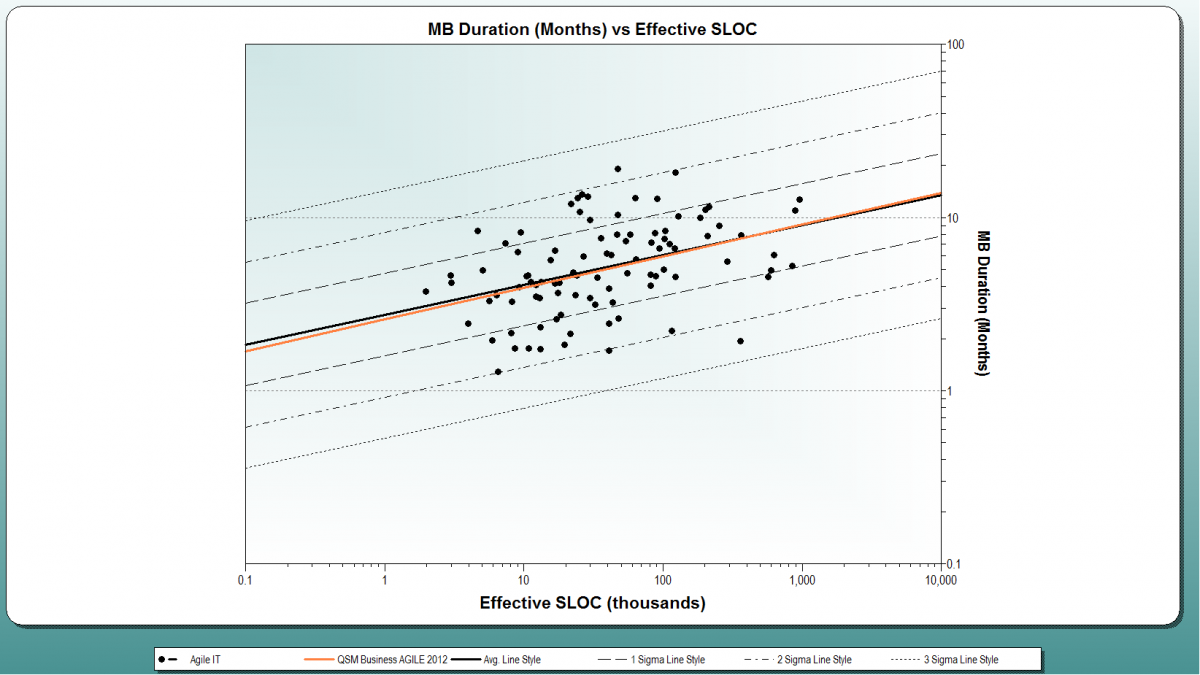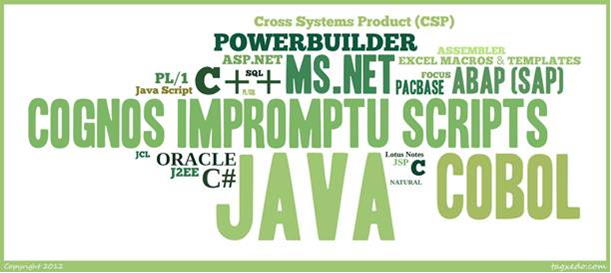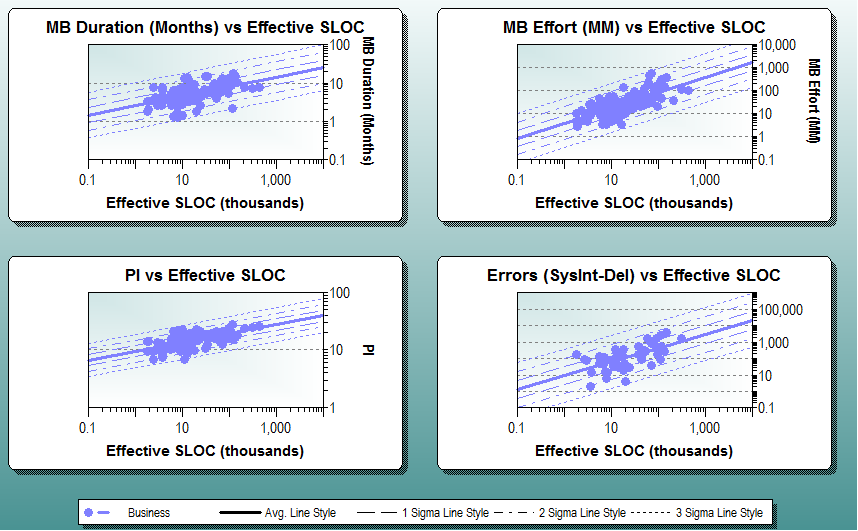On Thursday, Nov. 8 at 1:00 PM EST, I will present SLIM-WebServices: Project Estimation Goes Global - a webinar showcasing our new, web-based estimation and measurement tool. I'm looking forward to demonstrating how this powerful, yet easy-to-use tool can be leveraged by both non-technical users and estimation experts alike to share project estimation intelligence across the entire enterprise.
For too long, project estimation intelligence has been confined to a niche group, making it difficult for business stakeholders and decision makers to get critical project planning information when they need it. Introducing SLIM-WebServices from QSM - the lighter, leaner, liberated way to share the power of SLIM with an entire enterprise. With this new cloud-based tool, we are empowering more people in more positions at more places in an enterprise - improving visibility, transparency and informed decision making. Ultimately, this is an organization's best defense against cost overruns, schedule slippages, and failed implementations. Presented by QSM Marketing Manager, Elisabeth Pendergrass, this webinar gives an overview and live demonstration of SLIM-WebServices.
As Marketing Manager at QSM, Elisabeth Pendergrass has over 7 years of experience working in software and technology marketing. Her responsibilities at QSM include website and search engine marketing, organizing in-house and joint webinars, social media, creating marketing materials for new product offerings, and managing PR efforts.
Register now for this webinar!



